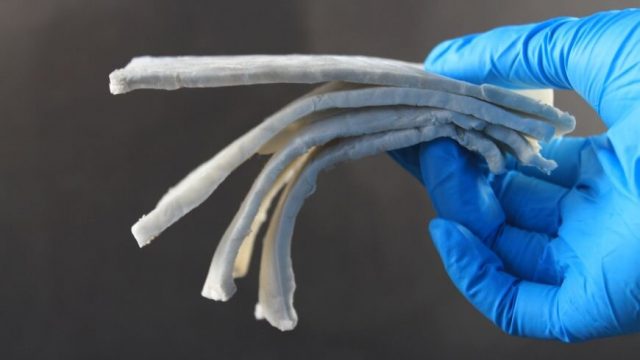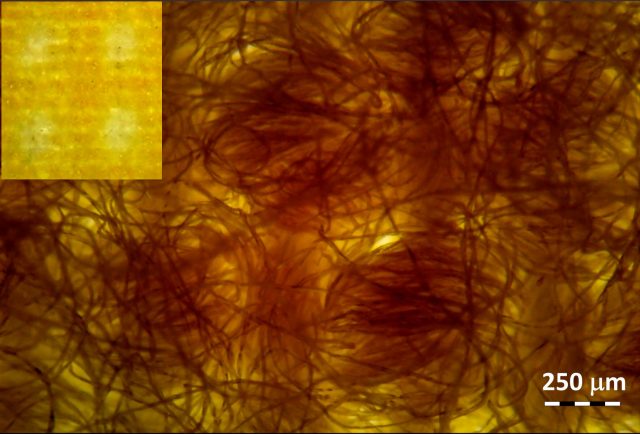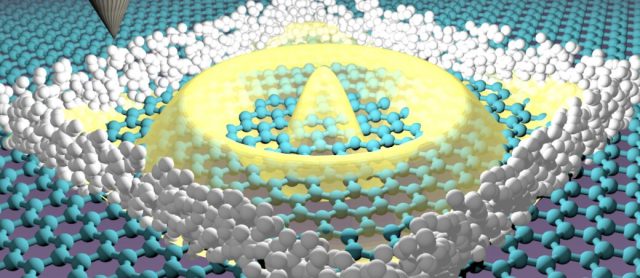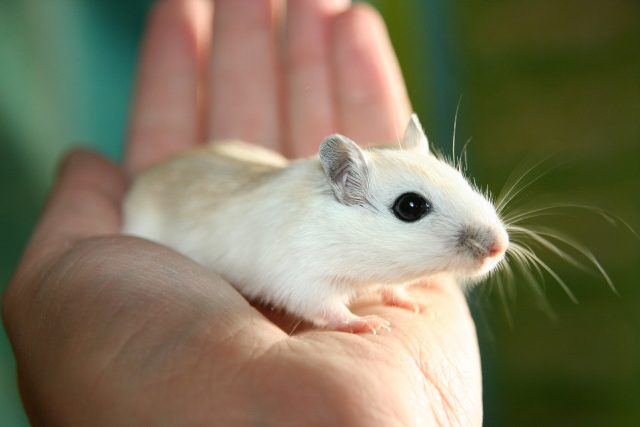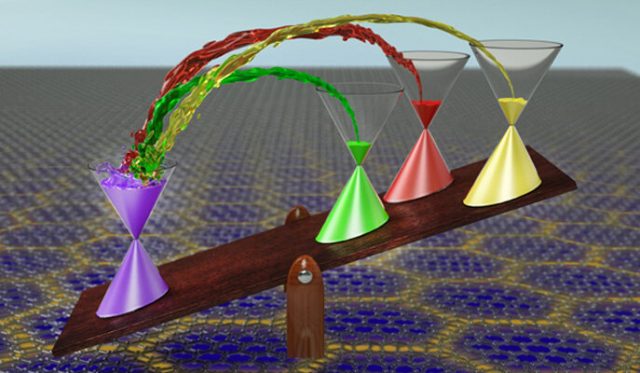Researchers have developed a human cell 'membrane on a chip' that allows continuous monitoring of how drugs and infectious agents interact with our cells, and may soon be used to test potential drug candidates for COVID-19.
The researchers, from the...
Easily produced, nature-like nanostructures of cobalt phosphide are highly effective catalysts for the electrolysis of water, according to research performed by chemist Ning Yan and his team at the University of Amsterdam's Van 't Hoff Institute for Molecular Sciences...
Electric motors and electronic devices generate electromagnetic fields that sometimes have to be shielded in order not to affect neighboring electronic components or the transmission of signals. High-frequency electromagnetic fields can only be shielded with conductive shells that are...
Magnetism offers new ways to create more powerful and energy-efficient computers, but the realization of magnetic computing on the nanoscale is a challenging task. A critical advancement in the field of ultralow power computation using magnetic waves is reported...
Researchers have completed a new study of how well a variety of natural and synthetic fabrics filter particles of a similar size to the virus that causes COVID-19. Of the 32 cloth materials tested, three of the five most...
Graphene's unique 2-D structure means that electrons travel through it differently than in most other materials. One consequence of this unique transport is that applying a voltage doesn't stop the electrons like it does in most other materials. This...
Research at IIT-Istituto Italiano di Tecnologia (Italian Institute of Technology) has led to the revolutionary development of an artificial liquid retinal prosthesis to counteract the effects of diseases such as retinitis pigmentosa and age-related macular degeneration that cause the...
Seeing light emerge from a nanoscale experiment didn't come as a big surprise to Rice University physicists. But it got their attention when that light was 10,000 times brighter than they expected.
Condensed matter physicist Doug Natelson and his colleagues...
A common food additive, recently banned in France but allowed in the U.S. and many other countries, was found to significantly alter gut microbiota in mice, causing inflammation in the colon and changes in protein expression in the liver,...
With a new nanoparticle that converts light to heat, a team of researchers has found a promising technology for clearing water of pollutants.
Trace amounts of contaminants such as pesticides, pharmaceuticals and perfluorooctanoic acid in drinking water sources have posed...
In 2018 it was discovered that two layers of graphene twisted one with respect to the other by a "magic" angle show a variety of interesting quantum phases, including superconductivity, magnetism and insulating behaviors. Now, a team of researchers...







